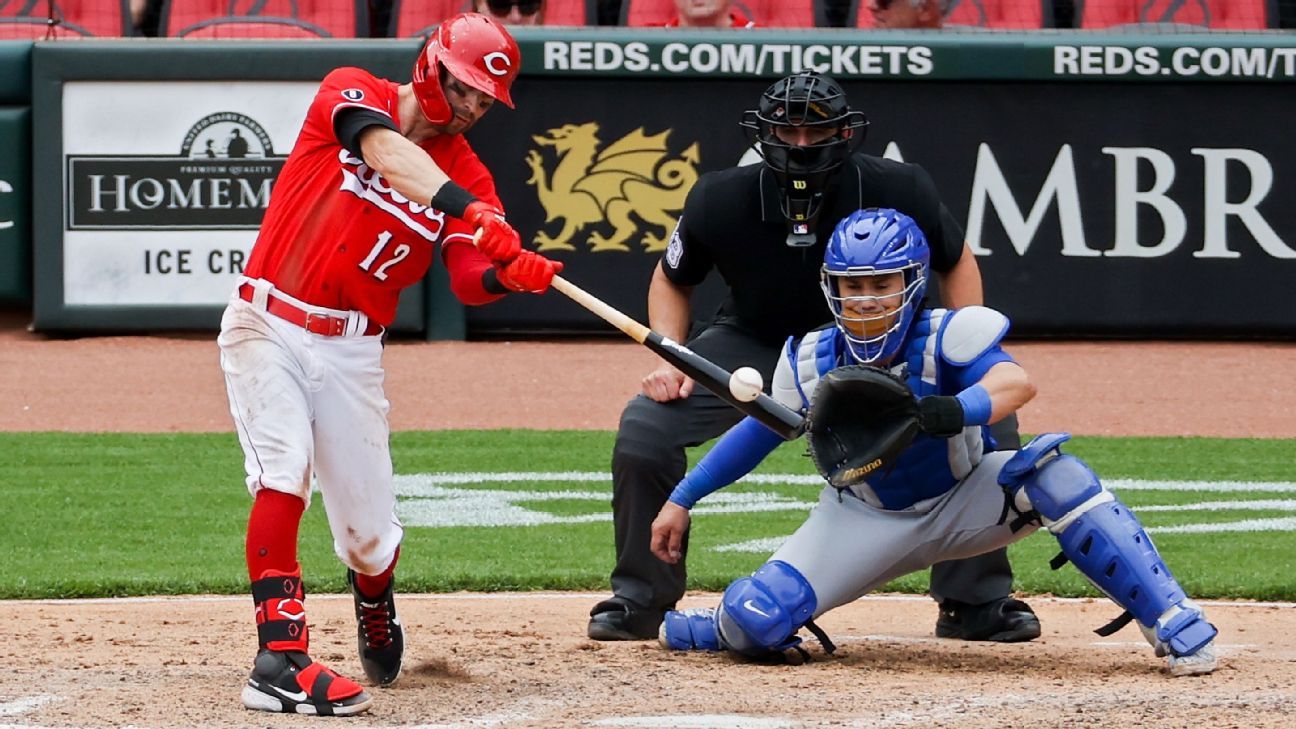
Recent trends in baseball are measurable and irrefutable. Strikeouts and home runs keep going up. Batting averages and the raw number of balls put into play keep going down. Scoring levels mostly have been fine, but generating those runs has become increasingly dependent on the long ball.
That much is clear. What’s less clear is the perception of those facts. To some, the reliance on home runs on offense and strikeouts on defense leaves too many periods of relative inaction. Not everyone agrees. However, the powers that be in baseball have sent the message that they are part of the former group. They send the message with every announcement regarding a rules experiment. And they sent the message before the season by changing the ball.
Ever since news about the tweaks to the ball emerged — in the form of a leaked memo obtained by The Athletic — MLB guaranteed that scrutiny on that little piece of equipment would be a major aspect of the 2021 season. The memo was full of physics jargon, but the gist was that the ball would be a little lighter (by 2.8 grams) and would a fly little less far (by 1 to 2 feet on average). Sounds simple and even unobtrusive, but we have learned over the years that even microscopic variations in the performance of the ball can have an outsize impact on the game.
The primary goal of the changes, as reportedly outlined in the memo, was to make the performance of the ball more consistent from batch to batch and season to season. That makes sense, but it also makes sense that baseball would want the revised specifications to start us down the road to a more balanced product, where contact hitting and stolen bases regain some footing when compared to the prevalence of homers and strikeouts.
We’re six weeks into the season and have seen some extreme numbers. We might be on track for the lowest aggregate batting average in the history of baseball. At the same time, scoring — you know, that thing that determines who wins the game — is down from the last couple of seasons, but remains unremarkable in the context of recent baseball history.
Is the new ball helping? Is it making things worse? Is it doing anything at all?
Let’s try to answer those questions.
